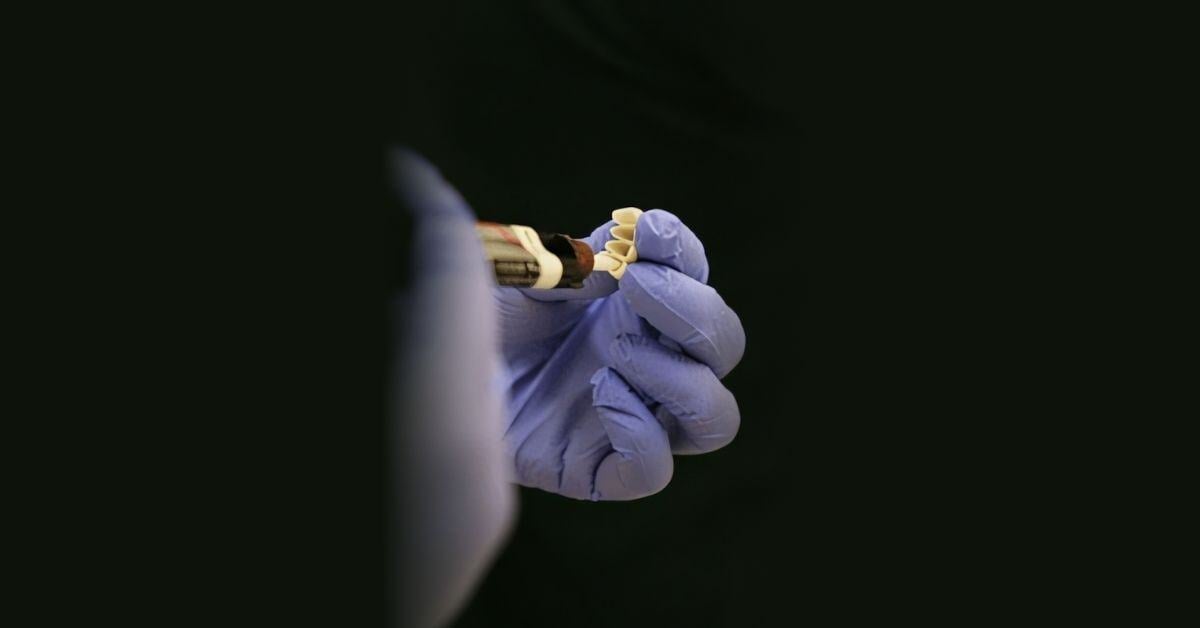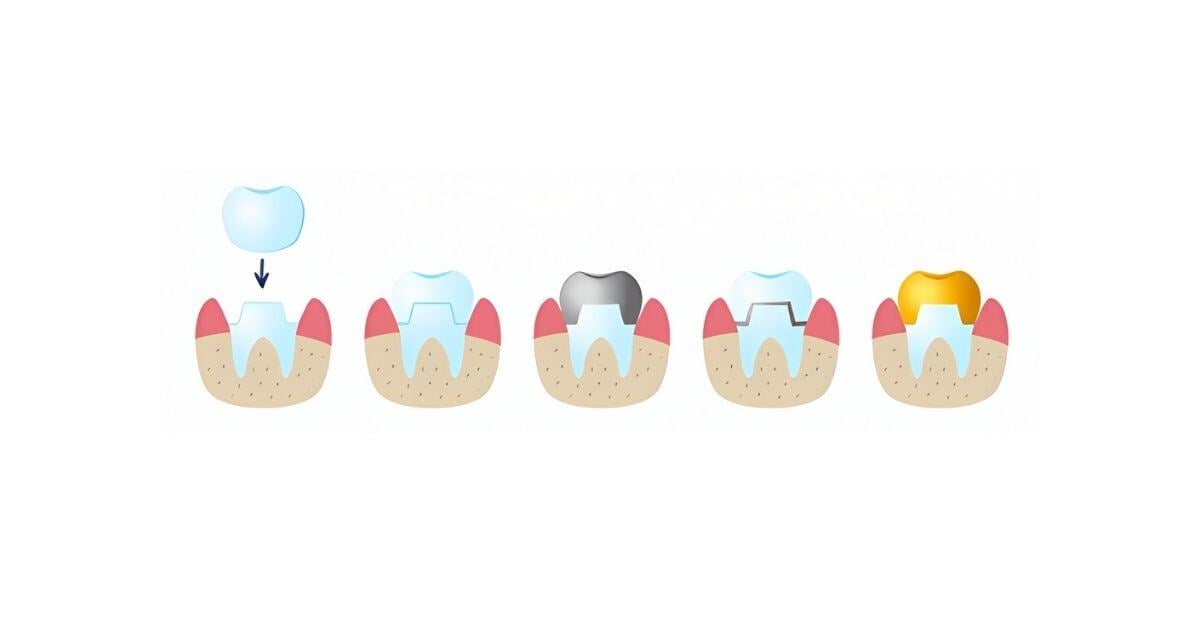Dental crowns are a popular solution for restoring teeth that are damaged or compromised. They're commonly used in cases of severe decay, cracks, and trauma or after root canal treatment. Crowns work by capping the existing tooth to provide strength, support, and protection. This protects the remaining tooth structure and restores its function while also improving the appearance of the tooth.
However, the effectiveness and longevity of a crown relies heavily on the quality of the dental glues and bonding materials used during its placement. If the bonding materials fail, the crown can become loose or even fall off. This can lead to further damage or infection of the underlying tooth structure.
Therefore, it's important to understand the different types of dental glues and bonding materials available, their properties, and how they can affect the success of a crown. In this guide, we’ll explore the various types of dental glues and bonding materials, why the type of bonding material you use matters, how to apply crowns with bonding material correctly, and how dental crown adhesives have changed—and continue to change—as technology advances.
Importance of Bonding in Dentistry
Bonding refers to the process of adhering the crown to the underlying tooth structure. It's an essential step in the placement of a crown, as it ensures a strong and durable bond between the two surfaces. During this process, dental bonding agents are used to create a chemical bond between the cement and tooth structure.
The goal of bonding is to create a seal that prevents microleakage, which can lead to bacterial growth and ultimately cause failure of the crown. Additionally, bonding helps distribute chewing forces evenly across the tooth surface, which reduces stress on both the crown and underlying tooth.
An inadequate bond can lead to crown failure, which can result in discomfort, pain, and even the need for additional dental work.

Application Techniques
There are different techniques for placing crowns, and the bonding method may vary depending on the type of crown used. Still, there are some general steps that most dentists follow during crown placement.
- Tooth preparation: The first step is to prepare the tooth by cleaning, shaping, and trimming it to create a smooth surface for the crown to adhere.
- Etching: Applyan acidic solution to the tooth surface, which creates tiny pores that increase the surface area for bonding.
- Priming: After etching, apply a primer to the tooth surface. The purpose of the primer is to penetrate into the pores created by etching and create a stable base for bonding.
- Rinsing and drying: Next, rinse the etchant off and then make sure the tooth thoroughly dries.
- Application of bonding agent: Once the tooth is dry, apply a bonding agent to the surface of the tooth. This helps create a chemical bond between the tooth and the cement.
- Cementation: Fill the crown with dental cement and place it onto the prepared tooth. Hold the crown in place for a few minutes until the cement has set. Depending on the type of crown used, light curing or self-curing cement may be necessary.
- Cleaning and polishing: After securing the crown in place, remove any excess cement and polish the surrounding area to achieve a smooth finish.
- The final check: Once the crown is in place,check the patient's bite to ensure there are no high spots or unevenness that could cause issues.
- Adjustments: Make any necessary adjustments to the crown for a better fit and bite.

Innovations in Dental Bonding Materials
In the past, the most commonly used bonding materials were zinc phosphate, polycarboxylate, and glass ionomer. These materials worked well but had some limitations in terms of strength and longevity.
Nowadays, with advancements in technology and materials science, there are newer and more innovative dental bonding materials available on the market. These new materials offer improved performance, strength, and aesthetics compared to their predecessors.
Examples of these newer bonding materials include:
- Multilink Automix: A luting material for permanent adhesive cementation of restorations made of ceramics, metal, PFM, and composite resins.
- 3M™ RelyX™ Luting Plus Resin Modified Glass Ionomer Cement: Simplifies procedures like PFMs and metal crowns with a paste/paste formula, tack light cure, improved bond strength, and easy cleanup.
- Maxcem Elite™: A self-adhesive resin cement for composites, ceramics, PFMs, metals, zirconia, and implants. Its optimized formula improves adhesion, offers immediate curing, promotes better shelf-life, and boasts thixotropic properties for easy placement and cleanup.
Dental bonding technology is continuously evolving, with recent advancements focusing on enhancing the strength and aesthetics of materials. New products aim to reduce setting times, improve moisture tolerance, and increase fluoride release for added protection. As a result, there are more options than ever when it comes to selecting the best bonding materials for crowns.
The choice of dental glue or bonding material is crucial in ensuring the long-lasting durability of dental crowns. The right adhesive can make all the difference in the longevity of a crown and the overall success of the restoration. With advancements in technology, newer bonding materials are now available that provide better strength, aesthetics, and ease of use. With the right choice of bonding material and proper application, a dental crown can provide years of reliable service.
While we can't supply the glue, DDS Lab is a full-service dental lab that can provide dentists with precise, high-quality dental restorations. If you're looking for a trusted partner to help you create long-lasting and aesthetically pleasing dental crowns, submit a case with us today.
We can create dental crowns from zirconia, porcelain-fused metal, and even semi-precious and full-cast gold. Our crowns are all made by experienced technicians using the latest technology and materials, so you can be confident in the reliability and longevity of our restorations. With DDS Lab dental crowns, your patients can enjoy renewed smiles and improved dental health, and you can rest easy with the confidence that you're providing the best care possible.
